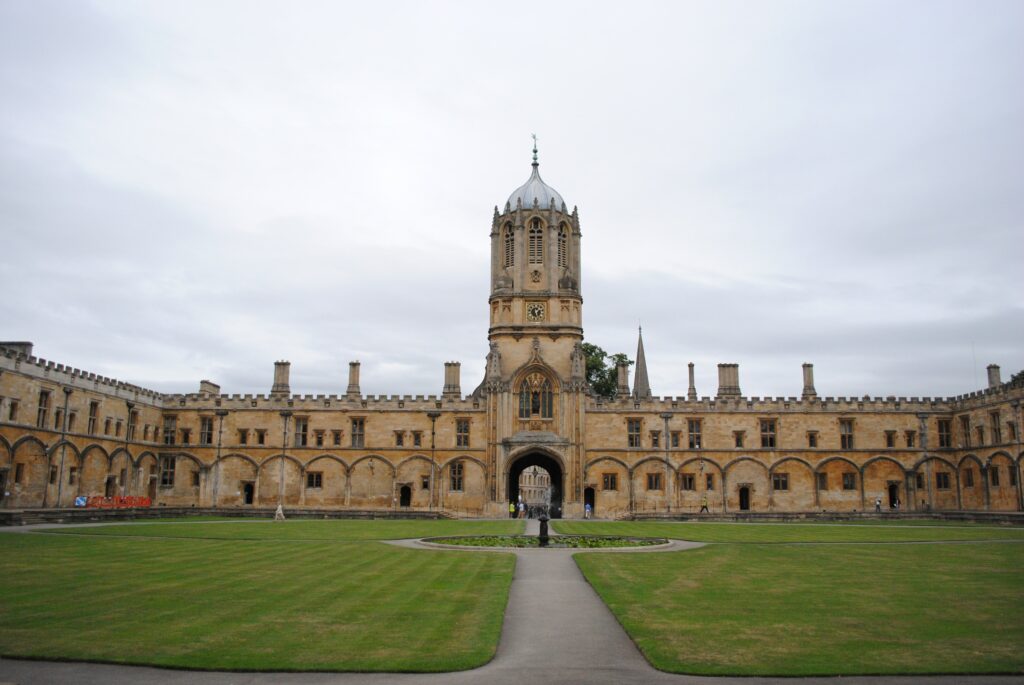Most students, instructors, and staff do not anticipate discovering underground tunnels on college campuses. The vast tunnel networks that run beneath several schools and university campuses can be found all around the United States. These tunnels have served several functions, including housing HVAC systems, power lines, and VIP security transports. The history and current use of some of the colleges with underground tunnels will be covered in this article. Hope, this article will help you to clear all your doubts. Let us know ‘What College Has Underground Tunnels?’.

There are underground tunnels at several colleges and institutions across the country. These tunnels were primarily constructed to house communication, plumbing, and electrical lines. Yet, certain tunnels were also constructed for security and transportation purposes. The campus’s underground tunnel system makes it easier to safely and effectively transport people and equipment around. The majority of these tunnels are concealed from view and only open to authorized employees. Continue reading this article to know more.
The University of Texas at Austin
Many subterranean tunnels at the University of Texas at Austin are used for a variety of activities. In the 1930s, utility wires were predominantly housed in these tunnels, which are still in use today. Throughout the years, the tunnels have grown, and they currently stretch 6 kilometers. They convey people and commodities between the more than 15 buildings on campus that they connect. Also, the university’s engineering and geological departments conduct research in the tunnels.
Ohio State University
Moreover, Ohio State University has a vast network of underground tunnels that serve several functions. The main purpose of these tunnels, which are still in use today, was to house steam and water lines in the 1920s. More than 30 buildings on campus are connected by 2.5 miles of tunnels. In addition to providing access to the university’s heating and cooling systems, they are utilized to move supplies and personnel between buildings.
Indiana University
A unique network of tunnels was constructed beneath Indiana University for transportation in the 1930s. Some tunnels link the main campus to several other structures across a busy street. Because instructors and students had to cross a busy street to get to these buildings, the tunnels were largely constructed for safety concerns. Moreover, goods and equipment were transported between buildings using the tunnels. The tunnels are still in use today and offer faculty and students a practical means of getting across campus without having to worry about traffic.
University of Virginia
The enormous network of subterranean tunnels at the University of Virginia was largely constructed to house utility lines and give access to the university’s heating and cooling systems. The tunnels connect many of the university’s buildings and are used for transportation as well. The university also features several subterranean rooms that are utilized for storage and other things.
Purdue University
The enormous network of tunnels beneath Purdue University was largely constructed to allow access to the school’s heating and cooling systems. The tunnels connect many of the university’s buildings and are used for transportation as well. The university also features several subterranean rooms that are utilized for storage and other things.
University of Illinois at Urbana-Champaign
A vast network of subterranean tunnels was constructed at the University of Illinois in Urbana-Champaign, primarily to house utility lines and give access to the university’s heating and cooling systems. The tunnels connect many of the university’s buildings and are used for transportation as well. The university also features several subterranean rooms that are utilized for storage and other things.
Vanderbilt University
The enormous network of tunnels beneath Vanderbilt University was largely constructed to allow access to the school’s heating and cooling systems. The tunnels connect many of the university’s buildings and are used for transportation as well. The university also features several subterranean rooms that are utilized for storage and other things.
The University of Chicago
To facilitate access to the university’s heating and cooling systems, the University of Chicago maintains a vast network of underground tunnels. The tunnels connect many of the university’s buildings and are used for transportation as well. The university also features several subterranean rooms that are utilized for storage and other things.
The University of Kansas
The vast network of subterranean tunnels at the University of Kansas was largely constructed to house utility lines and give access to the university’s heating and cooling systems. The tunnels connect many of the university’s buildings and are used for transportation as well. The university also features several subterranean rooms that are utilized for storage and other things.
Columbia University
To house utility connections and give access to the university’s heating and cooling systems, Columbia University maintains a vast network of underground tunnels. The tunnels connect many of the university’s buildings and are used for transportation as well. The university also features several subterranean rooms that are utilized for storage and other things.
Conclusion
In conclusion, there are more underground tunnels on college campuses than most people realize. These tunnels have served a, including housing utility lines and supplying VIPs with secure transportation. Although the majority of these tunnels are not visible to the general public, they are crucial to the efficient operation of college campuses. It is expected that more schools and universities will continue to create and expand their underground tunnel networks as campuses continue to grow and there is a demand for more secure and efficient transit systems.
FAQs
Q: Are these underground tunnels open to the public?
A: No, the majority of these tunnels are only accessible to authorization and are not accessible to the general public.
Q: How safe are these underground tunnels?
A: These tunnels are constructed both by safety regulations and are frequently maintained to maintain their security.
Q: How do these underground tunnels affect campus life?
A: These tunnels make it easier to safely and effectively move people and equipment around campus, which enhances student life overall.
